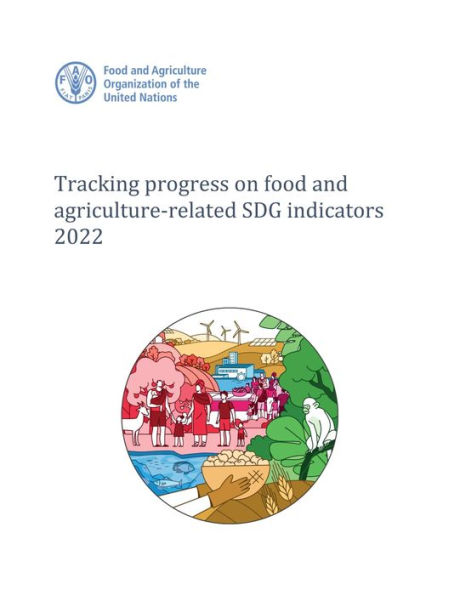Seven years into the 2030 Agenda, there is an urgent need to understand where the world stands in eliminating hunger and food insecurity, as well as in ensuring sustainable agriculture. FAO's new report, “Tracking progress on food and agriculture-related SDG indicators”, offers analysis and trends on indicators across eight SDGs (1, 2, 5, 6, 10, 12, 14 and 15), highlighting areas of progress and areas where further effort is needed.
Available in digital format, this year’s edition also discusses selected indicators for which FAO is a contributing agency and/or have key implications for food and agriculture across these Goals. These additional indicators provide valuable information on agricultural losses due to disasters, the distribution of land tenure rights, and the impact of international trade policies and regulations on agricultural trade, especially in developing and Least Developed Countries.
This edition also includes a snapshot on conflict, COVID-19 and food insecurity, as well as a special chapter on measuring productive and sustainable agriculture, with progress toward SDG Target 2.4 analysed for the first time.
Seven years into the 2030 Agenda, there is an urgent need to understand where the world stands in eliminating hunger and food insecurity, as well as in ensuring sustainable agriculture. FAO's new report, “Tracking progress on food and agriculture-related SDG indicators”, offers analysis and trends on indicators across eight SDGs (1, 2, 5, 6, 10, 12, 14 and 15), highlighting areas of progress and areas where further effort is needed.
Available in digital format, this year’s edition also discusses selected indicators for which FAO is a contributing agency and/or have key implications for food and agriculture across these Goals. These additional indicators provide valuable information on agricultural losses due to disasters, the distribution of land tenure rights, and the impact of international trade policies and regulations on agricultural trade, especially in developing and Least Developed Countries.
This edition also includes a snapshot on conflict, COVID-19 and food insecurity, as well as a special chapter on measuring productive and sustainable agriculture, with progress toward SDG Target 2.4 analysed for the first time.

Tracking Progress on Food and Agriculture-Related SDG Indicators 2022

Tracking Progress on Food and Agriculture-Related SDG Indicators 2022

Product Details
| BN ID: | 2940165985256 |
|---|---|
| Publisher: | Food and Agriculture Organization of the United Nations |
| Publication date: | 12/12/2022 |
| Sold by: | Smashwords |
| Format: | eBook |
| File size: | 18 MB |
| Note: | This product may take a few minutes to download. |
